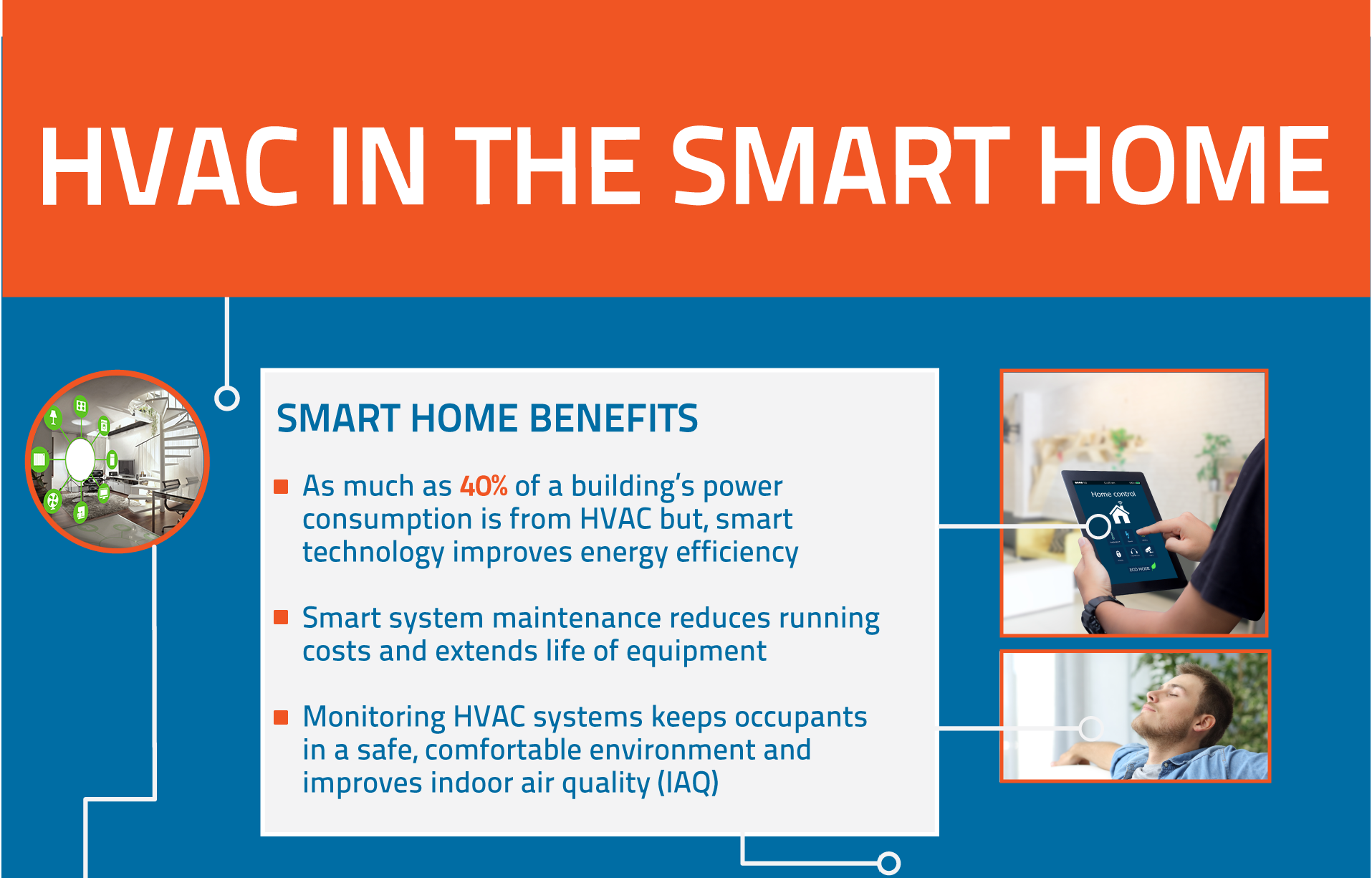The Ultimate Overview To Comprehending Warm Pumps - How Do They Work?
The Ultimate Overview To Comprehending Warm Pumps - How Do They Work?
Blog Article
Writer-Grady Singer
The most effective heat pumps can conserve you significant quantities of cash on energy costs. They can also help reduce greenhouse gas discharges, specifically if you utilize electrical energy instead of nonrenewable fuel sources like lp and heating oil or electric-resistance heaters.
Heatpump function very much the like a/c unit do. This makes them a practical choice to standard electrical home furnace.
Exactly how They Work
Heatpump cool homes in the summertime and, with a little aid from electrical power or natural gas, they offer some of your home's home heating in the winter. They're a great alternative for people that intend to minimize their use of fossil fuels however aren't all set to replace their existing heater and a/c system.
They count on the physical truth that also in air that appears too cool, there's still power present: cozy air is constantly relocating, and it wishes to move right into cooler, lower-pressure environments like your home.
The majority of ENERGY celebrity accredited heatpump operate at near to their heating or cooling capacity throughout the majority of the year, minimizing on/off biking and conserving power. For the best performance, focus on systems with a high SEER and HSPF score.
The Compressor
The heart of the heatpump is the compressor, which is additionally referred to as an air compressor. This mechanical moving device uses possible energy from power development to increase the pressure of a gas by reducing its quantity. It is different from a pump in that it only services gases and can't deal with fluids, as pumps do.
Climatic air enters the compressor through an inlet valve. It circumnavigates vane-mounted arms with self-adjusting size that separate the interior of the compressor, creating multiple tooth cavities of differing dimension. The blades's spin forces these dental caries to move in and out of phase with each other, compressing the air.
just click the next site reels in the low-temperature, high-pressure refrigerant vapor from the evaporator and compresses it right into the hot, pressurized state of a gas. This process is duplicated as needed to supply home heating or cooling as called for. The compressor additionally has a desuperheater coil that reuses the waste warm and adds superheat to the refrigerant, transforming it from its liquid to vapor state.
Suggested Webpage in heat pumps does the same point as it does in refrigerators and air conditioners, changing liquid cooling agent right into an aeriform vapor that removes heat from the room. Heatpump systems would not function without this important tool.
This part of the system lies inside your home or building in an interior air trainer, which can be either a ducted or ductless device. It consists of an evaporator coil and the compressor that presses the low-pressure vapor from the evaporator to high pressure gas.
Heat pumps take in ambient warmth from the air, and after that use electrical power to move that warmth to a home or business in home heating mode. That makes them a whole lot more power efficient than electric heating systems or heaters, and because they're making use of clean electrical energy from the grid (and not shedding gas), they also produce much fewer exhausts. That's why heatpump are such terrific ecological options. (In addition to a significant reason why they're coming to be so preferred.).
The Thermostat.
Heatpump are excellent alternatives for homes in chilly environments, and you can use them in combination with conventional duct-based systems and even go ductless. They're a fantastic different to fossil fuel heater or conventional electric heating systems, and they're extra sustainable than oil, gas or nuclear heating and cooling equipment.
Your thermostat is one of the most important element of your heat pump system, and it functions very differently than a traditional thermostat. All mechanical thermostats (all non-electronic ones) job by using materials that alter size with increasing temperature, like curled bimetallic strips or the broadening wax in a vehicle radiator shutoff.
These strips contain 2 different types of steel, and they're bolted with each other to form a bridge that completes an electrical circuit connected to your cooling and heating system. As the strip gets warmer, one side of the bridge expands faster than the other, which creates it to bend and signify that the heating unit is needed. When the heatpump is in heating mode, the reversing valve turns around the circulation of cooling agent, so that the outdoors coil currently works as an evaporator and the indoor cylinder becomes a condenser.